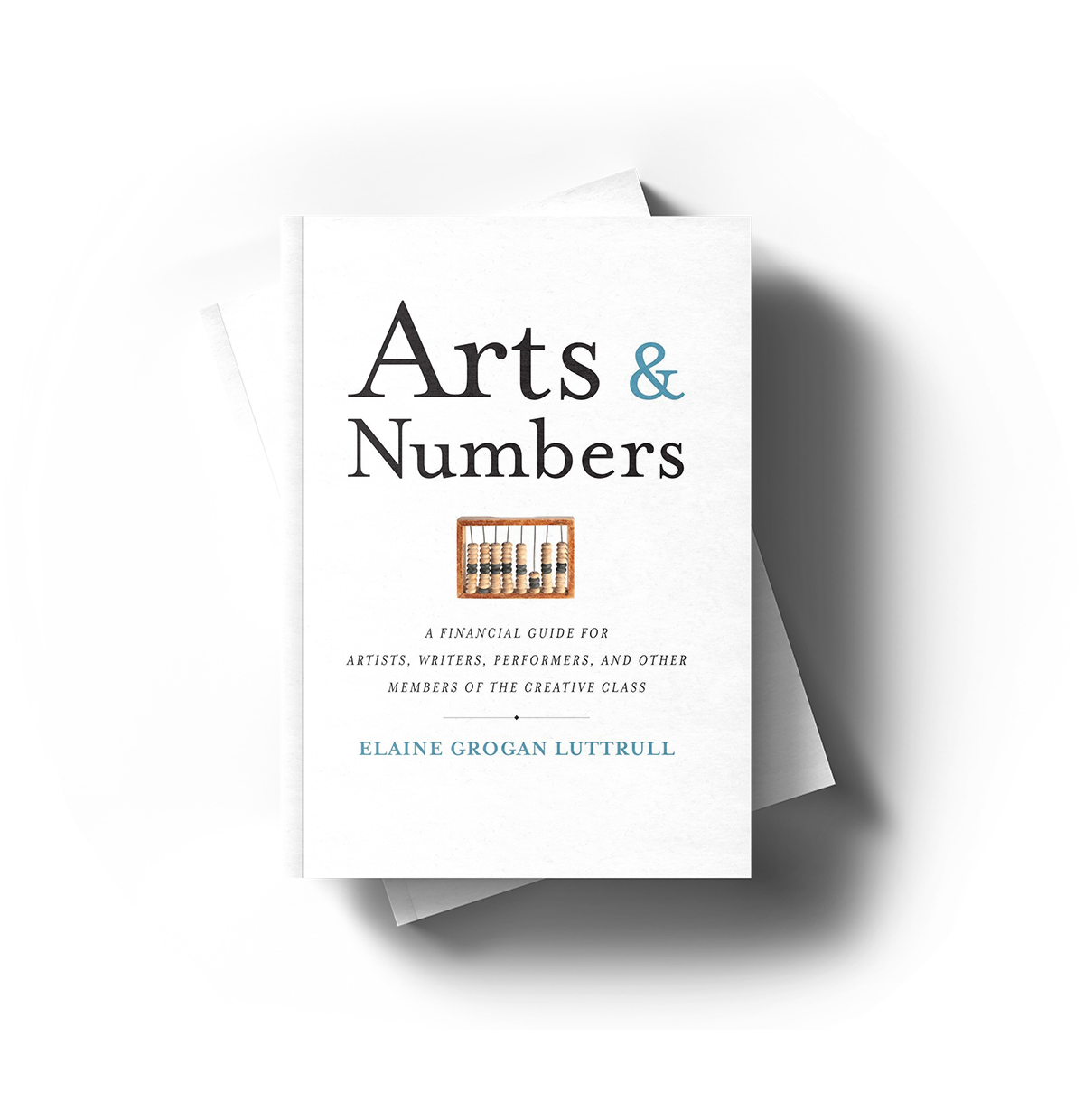January 17, 2013 • Events & Media
A podcast I recorded outlining the five simple steps to build an artistic budget for personal or professional use was posted by the College Art Association to its website on January 17. The podcast includes a sample budget for “Surda the Artist” listeners can download to follow along.
The podcast is meant to distill the basics of budgeting into steps that are both logical and easy to implement (even though developing a budget that “works” is much easier said than done!).
First, artists must define the parameters of the budget. Is the budget personal or professional? What is the budget’s time horizon? Is it time-based (meaning it will cover a set period of time) or project-based (meaning it will cover a particular project)?
Before doing anything else, artists should define the parameters of the budget.
Next, list the expenses in words, not in numbers. Use this as a brainstorming session to think of all the potential expenses you might incur for the timeframe or project you defined. You may have to come back to this list a few times, and that’s okay. This is meant to be an iterative process, so when you start thinking of potential expenses while you are brushing your teeth or cooking dinner or doing something else that is entirely unrelated to budgeting, you’ll know the process is working.
Once you have a fairly coherent list of expenses, begin estimating them. You aren’t expected to know immediately what each item may cost… But you are expected to perform a bit of research (even a simple Google search) to determine what a reasonable estimate of each budget item might be. Use your personal spending history (gleaned from credit card statements or bank statements), information from your friends, colleagues, or mentors, and online research to gather information that might be relevant to your budget.
And don’t worry if these numbers are “wrong.” They are going to be – at least a little bit. You cannot possibly know exactly what something might cost or exactly what unexpected circumstances might arise. But you can do a bit of research to provide a reasonable estimate of your expenses. And you can learn from whatever budgeting errors you may make. (Trust me, there will be some.) And that will make future budgets more accurate.
After you’ve defined the budgeting parameters, and listed and estimated the expenses, it is time to figure out how to fund the expenses. As we did with expense items, list every potential source of revenue (income) first, and then estimate it. The budget parameters will dictate the types of revenue you may have, so refresh your memory about the parameters if necessary.
Finally, make the budget work. Chances are, you’ve estimated a higher amount of expenses than revenue, which is unsustainable from a business and a budget perspective. A budget works when the revenue equals or exceeds the expenses. Make the budget work by increasing revenue, decreasing expenses, or changing the parameters of the budget (particularly the timing or the scale of the project).
I hope you enjoy the podcast and the sample budget shared by College Art Association. Drop me a note to let me know how the process is going for you!


